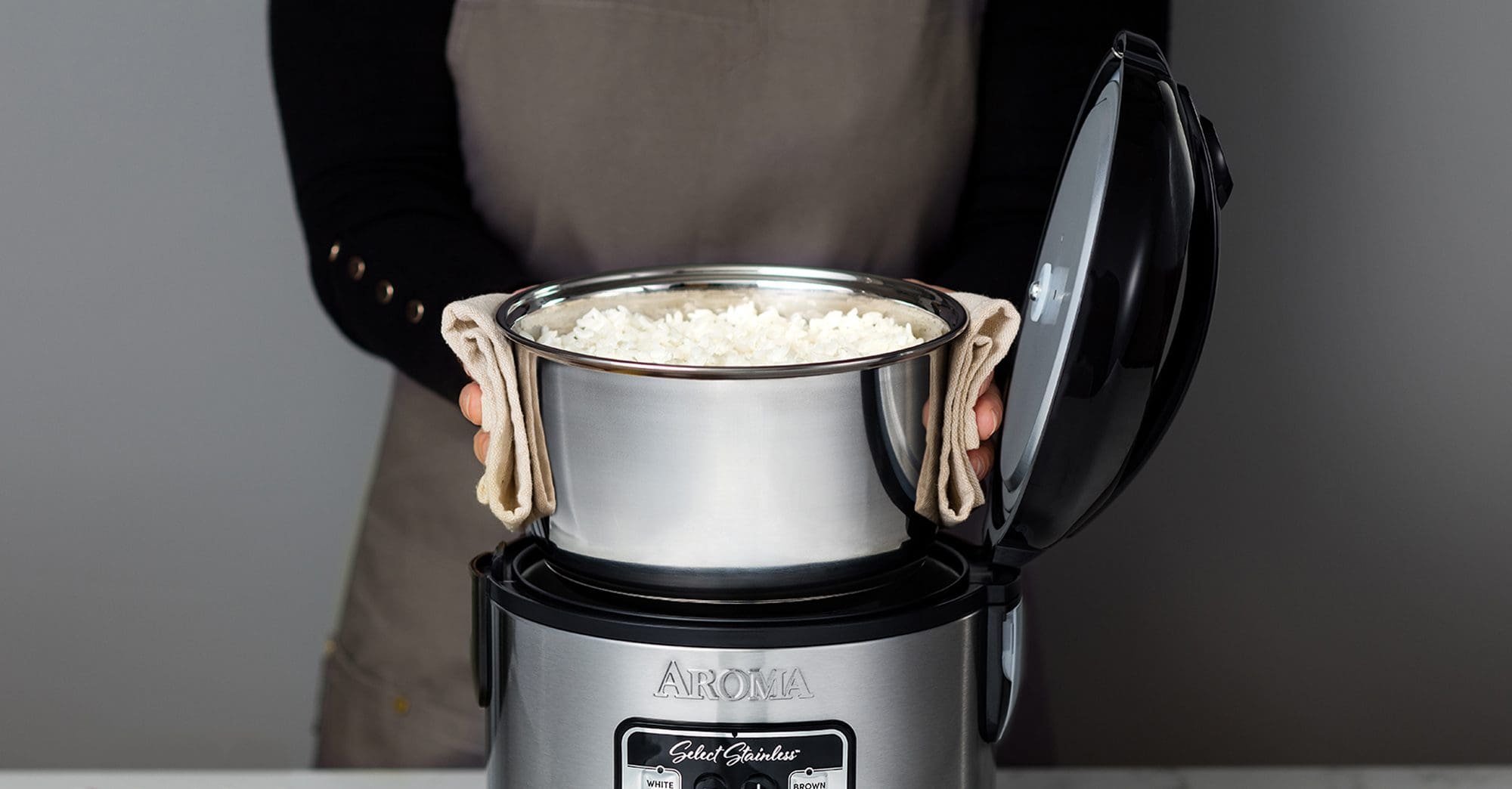- Rice Cookers & Multicookers
-
-
Shop America’s #1 Rice Cookers & Multicookers
Rice cookers and Multicookers come in all shapes, sizes, and colors to suit your needs and cooking styles.
-
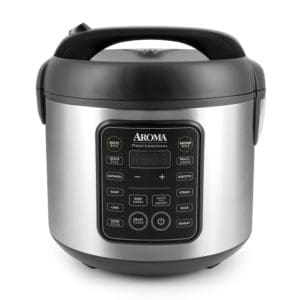
- Digital Rice & Grain Multicookers
-
Versatile and easy-to-use, these cookers can steam meats, vegetables, rice and grains.
-
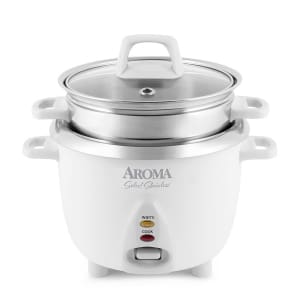
- Rice & Grain Cookers
-
Restaurant-quality rice, soups and stews, and delicious one-pot dishes.
-
-
- Countertop Cooking
-
-
Countertop Cooking
Preparing a home cooked meal just got easier with these Aroma countertop products.
-
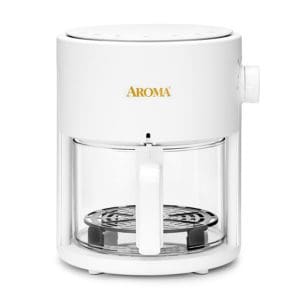
- Countertop Oven
-
Offering options to slow roast or air fry your meats and meals to perfection.
-
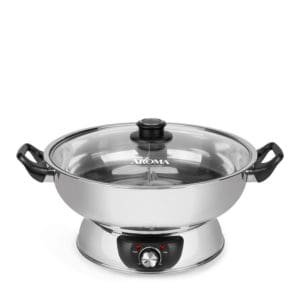
- Electric Woks & Hot Pots
-
The perfect way to enjoy a hot pot feast at home with family and friends.
-
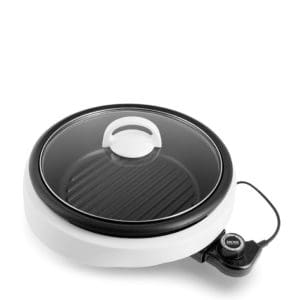
- Indoor Grills
-
Grill sizzling steaks, stew one-pot wonders, or sear any vegetable to perfection.
-
-
- Tea & Coffee
-
-
Tea & Coffee
Perfect for soothing tea, instant coffee, hot chocolate, a cup of noodles, or a hearty helping of oatmeal.
-
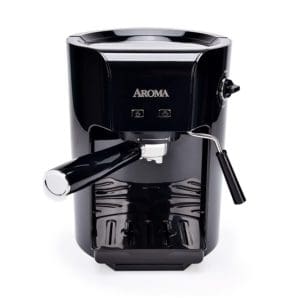
- Coffee Makers
-
Grind your own beans and create your own espressos, cappuccinos, or lattes.
-
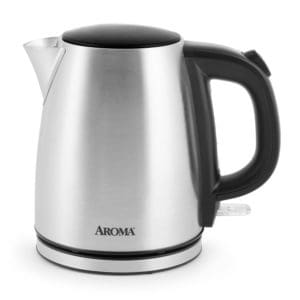
- Electric Kettles
-
Boil water much faster than on the stovetop or use the Keep Warm mode.
-
-
- Cookware
-
-
Cookware
Whether you want to stew, bake, or slow cook, with these classic cookware products you can cook your favorite dishes to perfection.
-
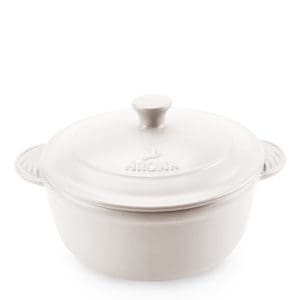
- DoveWare®
-
Made of a safe, non-toxic, and PFOA free clay to ensure clean cooking and tasty food.
-
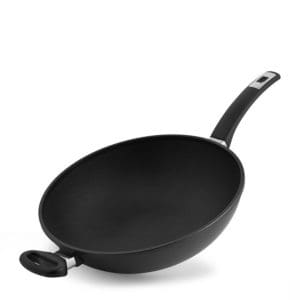
- Ultimate Wok®
-
Made with a diamond reinforced nonstick coating that makes for simple searing and easy cleanups.
-
-
- Specialty Products
-
-
Specialty Products
Our range of cooking appliances and gadgets can transform your kitchen into a convenient culinary paradise capable of creating restaurant quality dishes.
-
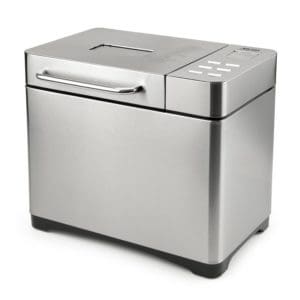
- Bread Makers
-
Delicious homemade bread has never been easier to prepare. Bake to your exact preference.
-

- Food Dehydrators
-
Great for trail mix, dried fruits and vegetables, beef jerky, dried herbs and spices and so much more.
-
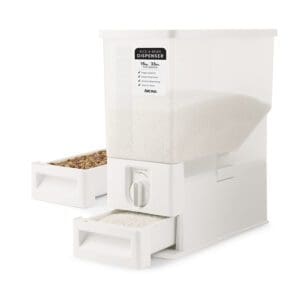
- Food Storage Container
-
Keep your rice, grains or beans fresh with longevity.
-
-
How and Why to Rinse Your Rice
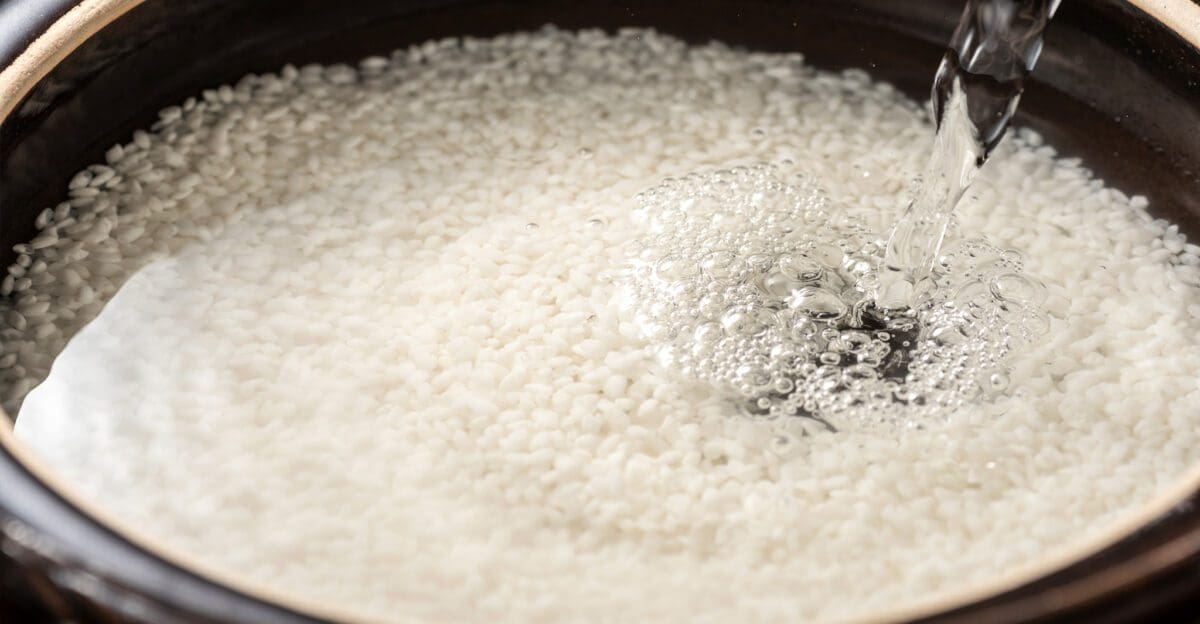
If you’re in a rush, it’s tempting to toss unwashed rice straight from the bag into your cooker and close the lid. But what’s the trade-off?
Will skipping two minutes of prep time really affect the final result? Let’s talk about the impact on toxins and texture.
Did your parents teach you to wash rice?
Washing rice is an essential step in Asian cooking traditions, but many Americans aren’t in the habit. Why? Check the label.
The US is a leader in nutritional fortification, so the vast majority of domestic rice brands are enriched with iron, B vitamins, and folic acid. Fortified rice is designed to improve nutrition and reduce birth defects, especially in low-income communities.
In order to protect these added micronutrients, American rice packaging often indicates that it’s prewashed and does not need to be rinsed. These marketing claims have fed widespread misinformation and confusion about what rice, if any, requires the extra step.
So, what are you really washing off?
When you pour water over rice and swish the bowl around, you’ll notice that the water takes on a cloudy, hazy color. Rinsing fortified rice does strip some of the water-soluble proteins and powder micronutrients, but it won’t remove everything.
The cloudy haze that you see is actually a layer of dusty starch. During milling and transport, grains of rice rub together and break down into a starchy powder. Bring it to the surface and rinse it away before you start cooking!
Rinsing also allows you to remove any impurities that were missed during processing, like dust, dirt, bugs, and small rocks. Imported rice has farther to travel, so you’re even more likely to find debris in your sieve.
American enriched rice is cleaned to a higher standard by the FDA, and rinsing might wash away some of the nutritional coatings, but we still recommend it. The fortified powder is saturated with extra starch, which contributes to common cooking problems, like gumminess, browning, and over-boiling.
What about toxins and things you can’t see?
Arsenic contamination is a serious threat; long-term exposure to this and other heavy metals can have a negative impact on your health. Rising arsenic levels in soil and polluted groundwater are affecting rice production around the world. Plus, rice is more likely to absorb toxic arsenic from the environment than other kinds of grains.
The good news is, washing your rice can substantially reduce chemicals and toxin levels. FDA research is still ongoing, but early studies suggest that you can remove up to 60% of arsenic just by rinsing raw rice in the sink. Make sure that you use a high volume of water while rinsing – a 6:1 water-to-rice ratio yields the best results.
What’s the best way to wash rice?
No matter what kind of rice you’re preparing, the cleaning method doesn’t change:
- Place rice in a large bowl and cover with cold water.
- Swish rice gently for 10s until water becomes cloudy; drain.
- Repeat rinsing until water is clear.
- Remove any visible debris or off-color grains before cooking.
Is rinsing rice the same as soaking?
Rinsing and soaking are not the same thing, but you can do both to get the best results! Rinsing is essential for your health; soaking is another way to improve rice texture.
Start by rinsing or washing your rice to remove impurities, excess starch, and toxins. Then place your clean rice in your rice cooker with the right amount of water.
Aroma rice cookers are pre-programmed to include 10 minutes of soaking time with automatic sensors that measure moisture content. If you want to add even more soaking time to increase water absorption, you can simply set the delay timer to start in 20 minutes.
How does washing rice affect the texture?
Fluffy, lightly sticky, and never gummy – washing your rice is the key to healthier, perfectly cooked dishes! Two minutes of prep time can change everything.

